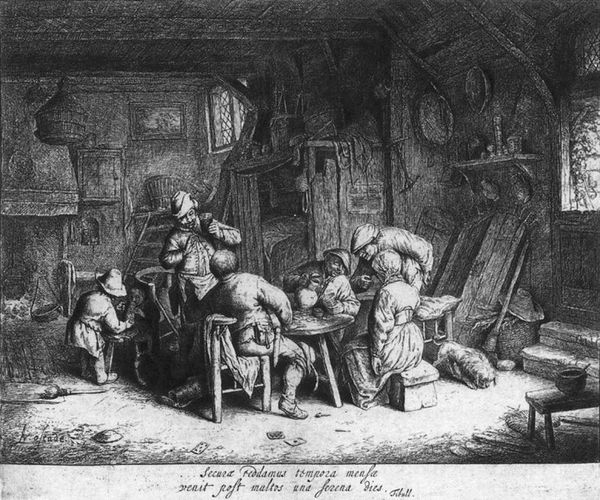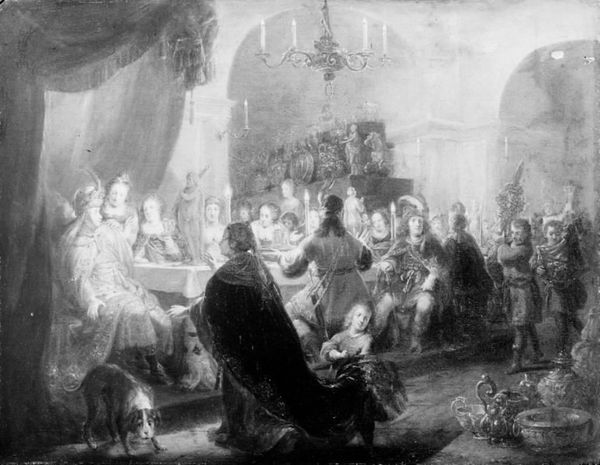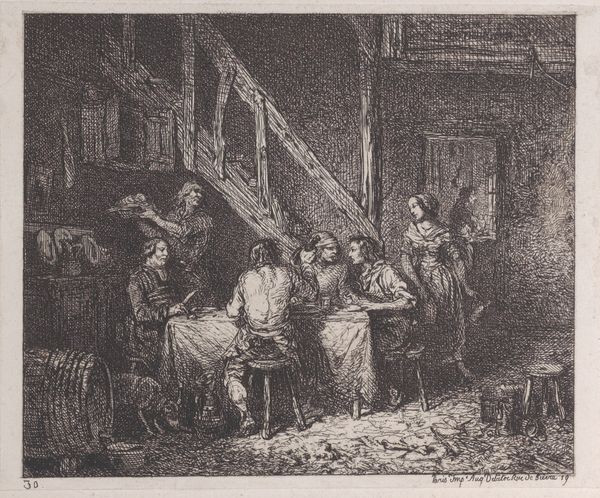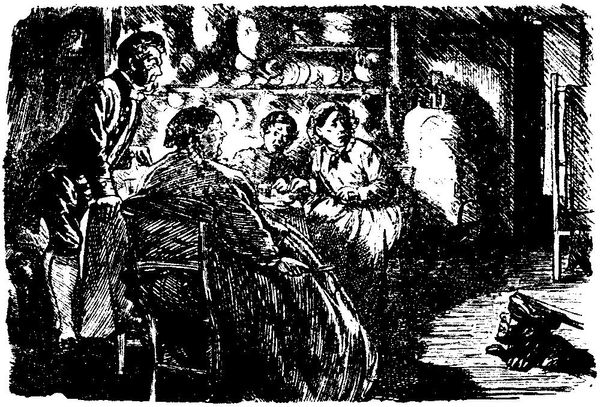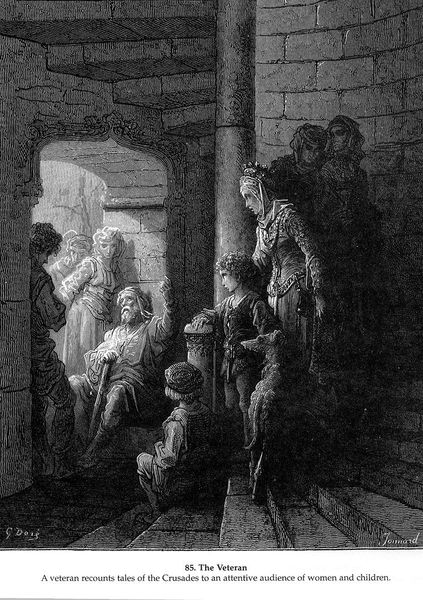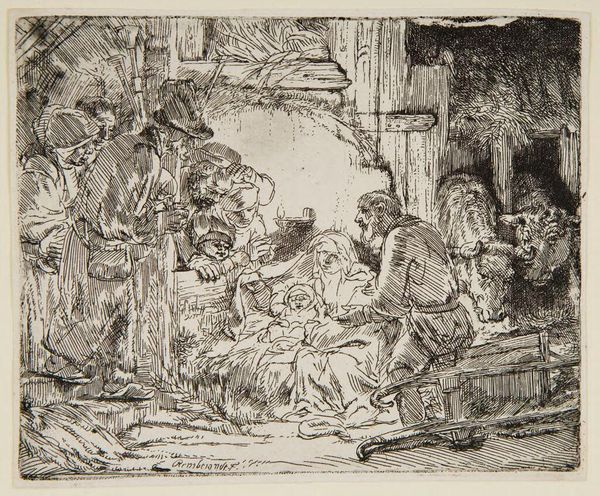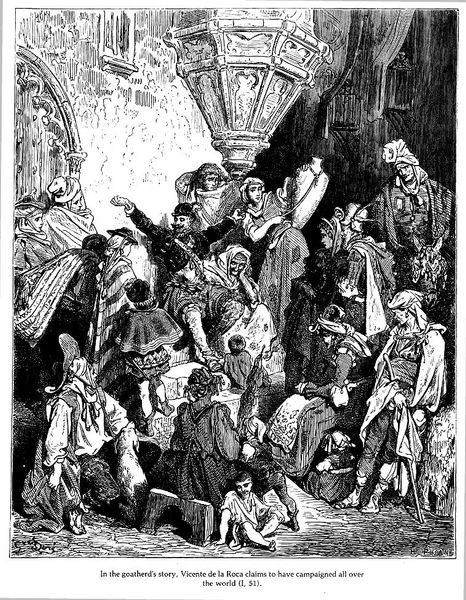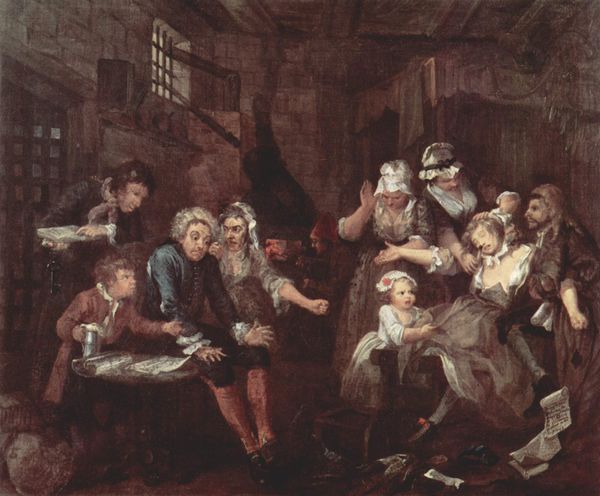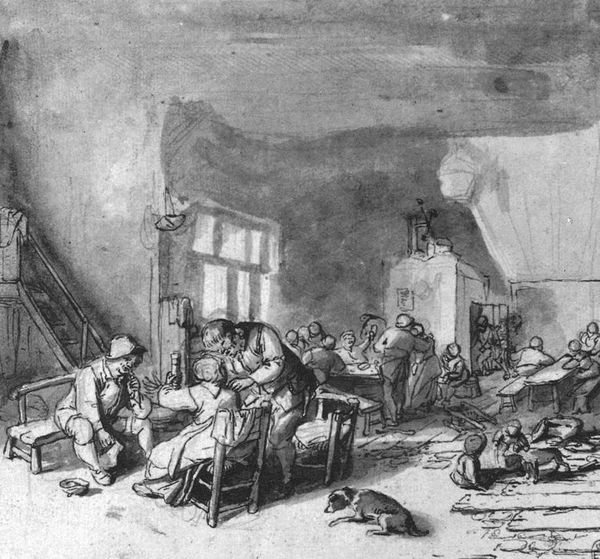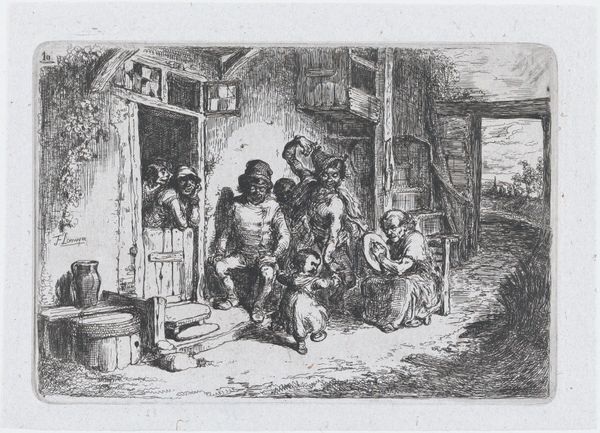
Dimensions: 7 1/8 x 12 3/16 in. (18.1 x 31 cm)
Copyright: Public Domain
Editor: We’re looking at Walter Shirlaw’s "The Country Dance," made sometime between 1838 and 1909 using graphite and charcoal. There’s such a raw energy in this piece, like a snapshot of pure, unrefined joy. What stands out to you? Curator: It's fascinating how Shirlaw, even with just graphite and charcoal, depicts this moment. We see a glimpse into a specific social context—a community finding leisure. The labor that likely defines their everyday lives is temporarily suspended here, consumed in the act of making merry. What can we say about the consumption that might follow this dance? Editor: Hmm, well it's implied isn't it? There’s music, companionship, maybe food and drink afterwards? So what's interesting about *that* particular consumption? Curator: The artwork becomes less about aesthetics and more about how resources are circulated. Who produces the instruments? Where does the food come from? What conditions allow for a pause in work, where labor's output can be celebrated or enjoyed communally? It all connects to the social fabric woven from threads of material production. Look at the swiftness of Shirlaw’s marks, like hurried documentation… almost industrial itself! What do you notice about the space itself, considering our conversation about labor? Editor: I didn't see it that way before! It's not a grand ballroom, that's for sure. The interior feels humble, maybe even a little cramped. It highlights how they’re carving out space for joy within the confines of their everyday lives, with only rudimentary production, maybe even minimal access to goods. Curator: Exactly! Shirlaw is drawing a scene depicting how labor power can relax *itself* through its own material means: locally made fiddles, or communal preparation of food, using tools that everyone also understands how to build, adapt and maintain. This piece asks us to think about value: not just artistic merit, but the inherent worth of shared human experience produced outside market constraints. Editor: That makes me see the drawing, and the scene it depicts, in a whole new light. The roughness isn't just stylistic, but informative about the means available to them! Curator: Precisely. Art invites us to consider how labor shapes our world, one drawing, dance, and shared experience at a time.
Comments
No comments
Be the first to comment and join the conversation on the ultimate creative platform.


